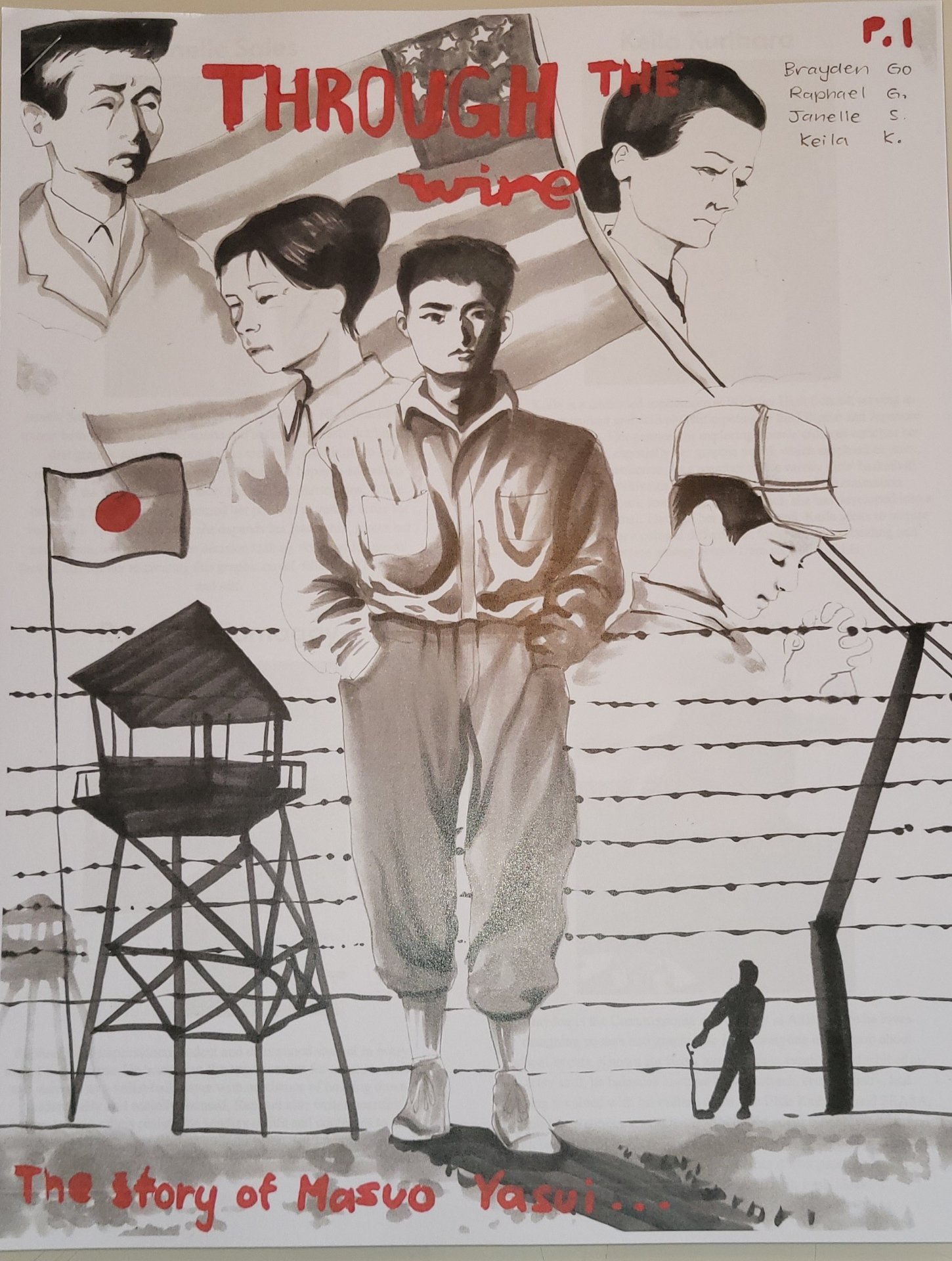About This Lesson
Project DescriptionOver the course of five class sessions, students will:
Examine historical injustices through photos, letters, and timelines
Analyze literary and visual storytelling techniques
Practice character analysis through STEAL charts and jigsaw activities
Learn visual literacy tools like panel construction, spatial sequencing, and illustrator devices
The culminating assignment is a collaborative graphic novel scene depicting a key moment from the life of Masuo Yasui or a moment inspired by American Yellow. Each student will be responsible for illustrating one panel based on their assigned scene. This process requires critical thinking, empathy, artistic storytelling, and group collaboration. CONTENT - Japanese internment. Incorporated texts and media from modules featured on UCLA’s Foundations and Futures website.
Enduring UnderstandingsI. Resilience is a narrative of resistance. Even when communities are displaced or silenced, their stories endure through art, language, and memory.
II. Personal stories humanize history. Behind every policy or photo is a lived experience that deserves to be seen, heard, and remembered.
III. Storytelling can be a form of justice. Whether through letters, images, or graphic novels, sharing the truth is a civic and creative responsibility.







